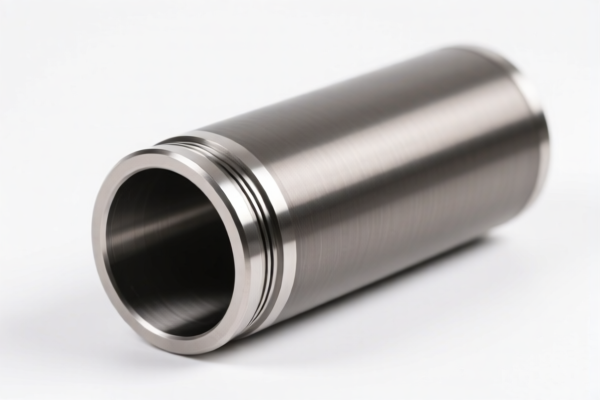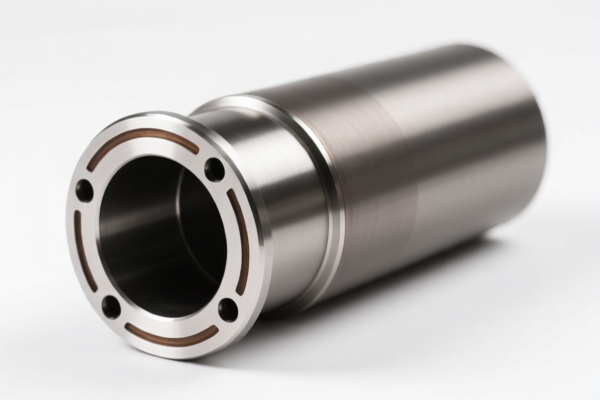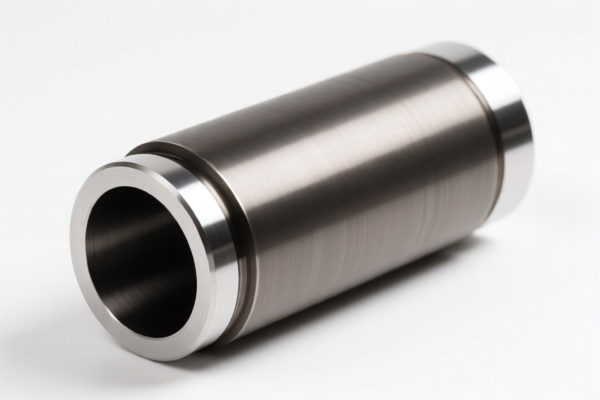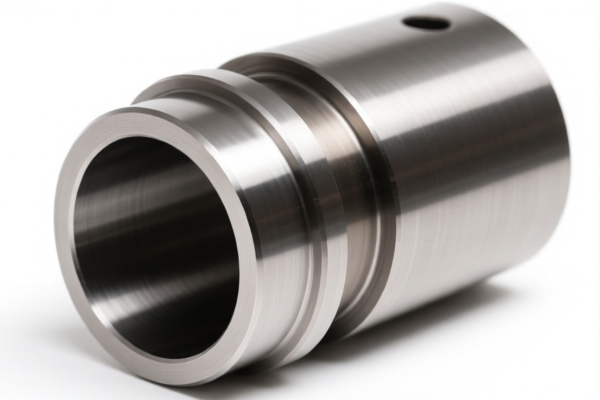| HS Code | Official Doc | Tariff Rate | Origin | Destination | Effective Date |
|---|---|---|---|---|---|
| 7326908688 | Doc | 82.9% | CN | US | 2025-05-12 |
| 7323997000 | Doc | 60.3% | CN | US | 2025-05-12 |
| 7323999080 | Doc | 83.4% | CN | US | 2025-05-12 |
| 8307103000 | Doc | 58.8% | CN | US | 2025-05-12 |
| 8307106000 | Doc | 58.8% | CN | US | 2025-05-12 |
| 8306100000 | Doc | 35.8% | CN | US | 2025-05-12 |
| 8306290000 | Doc | 30.0% | CN | US | 2025-05-12 |
| 6914104000 | Doc | 55.0% | CN | US | 2025-05-12 |
| 6914904100 | Doc | 55.0% | CN | US | 2025-05-12 |
| 6909112000 | Doc | 55.0% | CN | US | 2025-05-12 |
| 6909195095 | Doc | 59.0% | CN | US | 2025-05-12 |




Cylinder Holder
A cylinder holder is a device designed to securely contain and support cylindrical objects. These holders come in a variety of materials and designs, tailored to specific applications and the characteristics of the cylinders they are meant to hold.
Materials
- Metal: Commonly stainless steel, aluminum, or carbon steel. Used for high-pressure cylinders, industrial applications, and situations requiring durability and resistance to corrosion.
- Plastic: Often PVC, polypropylene, or acrylic. Suitable for lighter-duty applications, laboratory use, and where transparency is desired.
- Wood: Primarily used for decorative purposes or holding smaller, non-hazardous cylinders.
- Composite Materials: Can include carbon fiber or fiberglass, offering a balance of strength and lightweight properties.
Purpose
The primary purpose of a cylinder holder is to provide stability and safety when storing, transporting, or using cylindrical objects. This includes:
- Preventing Rolling: Securing cylinders to avoid accidental movement, which could lead to damage or injury.
- Protection: Shielding cylinders from impact, abrasion, and other forms of physical damage.
- Organization: Providing a designated space for cylinders, improving workspace efficiency and safety.
- Containment: In some cases, holders are designed to contain leaks or spills from cylinders.
Function
Cylinder holders function through various mechanisms:
- Cradles/Slots: These holders feature contoured supports that conform to the shape of the cylinder, preventing rolling.
- Straps/Bands: Used to secure cylinders to a base or frame, often with adjustable tension.
- Clamps/Brackets: Provide a rigid grip on the cylinder, suitable for fixed installations.
- Enclosures: Fully enclose the cylinder, offering maximum protection and containment.
Usage Scenarios
- Gas Cylinders: Holding compressed gas cylinders (oxygen, nitrogen, argon, etc.) in laboratories, welding shops, and industrial facilities. These holders are often designed to meet specific safety regulations.
- Propane Tanks: Securing propane tanks for grills, heaters, and other appliances.
- Laboratory Equipment: Supporting cylindrical glassware (beakers, flasks, test tubes) and other lab instruments.
- Art & Craft: Displaying cylindrical objects like candles, vases, or decorative items.
- Transportation: Securing cylinders during shipping and handling.
- Fire Extinguishers: Mounting fire extinguishers in vehicles or buildings.
Common Types
- Single Cylinder Holders: Designed for holding a single cylinder.
- Multi-Cylinder Racks: Accommodate multiple cylinders, often with individual compartments or slots.
- Wall-Mounted Holders: Secure cylinders to a wall, saving floor space.
- Portable Cylinder Carts: Allow for easy transportation of cylinders.
- Adjustable Holders: Accommodate cylinders of various sizes.
- Safety Cage Holders: Provide full enclosure and protection for high-pressure cylinders.
- Spring-Loaded Holders: Use spring pressure to secure the cylinder in place.
Based on the material, use, function, and application scenarios, “cylinder holder” could potentially fall under several categories depending on its composition (e.g., iron, steel, ceramic) and specific application. Here's a breakdown of relevant HS codes based on the provided reference material:
- 7326908688: This code covers “Other articles of iron or steel: Other: Other: Other: Other Other”. This is a broad category and could apply if the cylinder holder is made of iron or steel and doesn’t fall into more specific classifications. The total tax rate is 82.9%, comprising a 2.9% base tariff, a 25.0% additional tariff, and a potential 30% additional tariff after April 2, 2025, plus a 25% additional tariff for steel/aluminum products.
- 6909112000: This code refers to “Ceramic wares for laboratory, chemical or other technical uses: Of porcelain or china: Machinery parts”. If the cylinder holder is made of porcelain or china and used as a part of machinery (e.g., in a laboratory setting), this code might be applicable. The total tax rate is 55.0%, consisting of a 25.0% additional tariff and a potential 30% additional tariff after April 2, 2025.
- 6909195095: This code covers “Ceramic wares for laboratory, chemical or other technical uses: Other: Other Other”. If the cylinder holder is made of ceramic (but not porcelain or china) and used in laboratory, chemical, or technical applications, this code could be relevant. The total tax rate is 59.0%, including a 4.0% base tariff, a 25.0% additional tariff, and a potential 30% additional tariff after April 2, 2025.
- 8306100000: This code refers to “Bells, gongs and the like, nonelectric, of base metal; statuettes and other ornaments, of base metal; photograph, picture or similar frames, of base metal; mirrors of base metal; and base metal parts thereof: Bells, gongs and the like, and parts thereof”. If the cylinder holder is made of base metal and functions as an ornament or decorative item, this code might apply. The total tax rate is 35.8%, consisting of a 5.8% base tariff and a potential 30% additional tariff after April 2, 2025.
Important Note:
- The classification of “cylinder holder” heavily depends on its material composition and intended use.
- For HS code 6909112000 and 6909195095, the use of the ceramic holder as “machinery parts” is a key factor.
- For all codes, please be aware of the potential tariff increases after April 2, 2025, as indicated in the reference material.
Customer Reviews
No reviews yet.